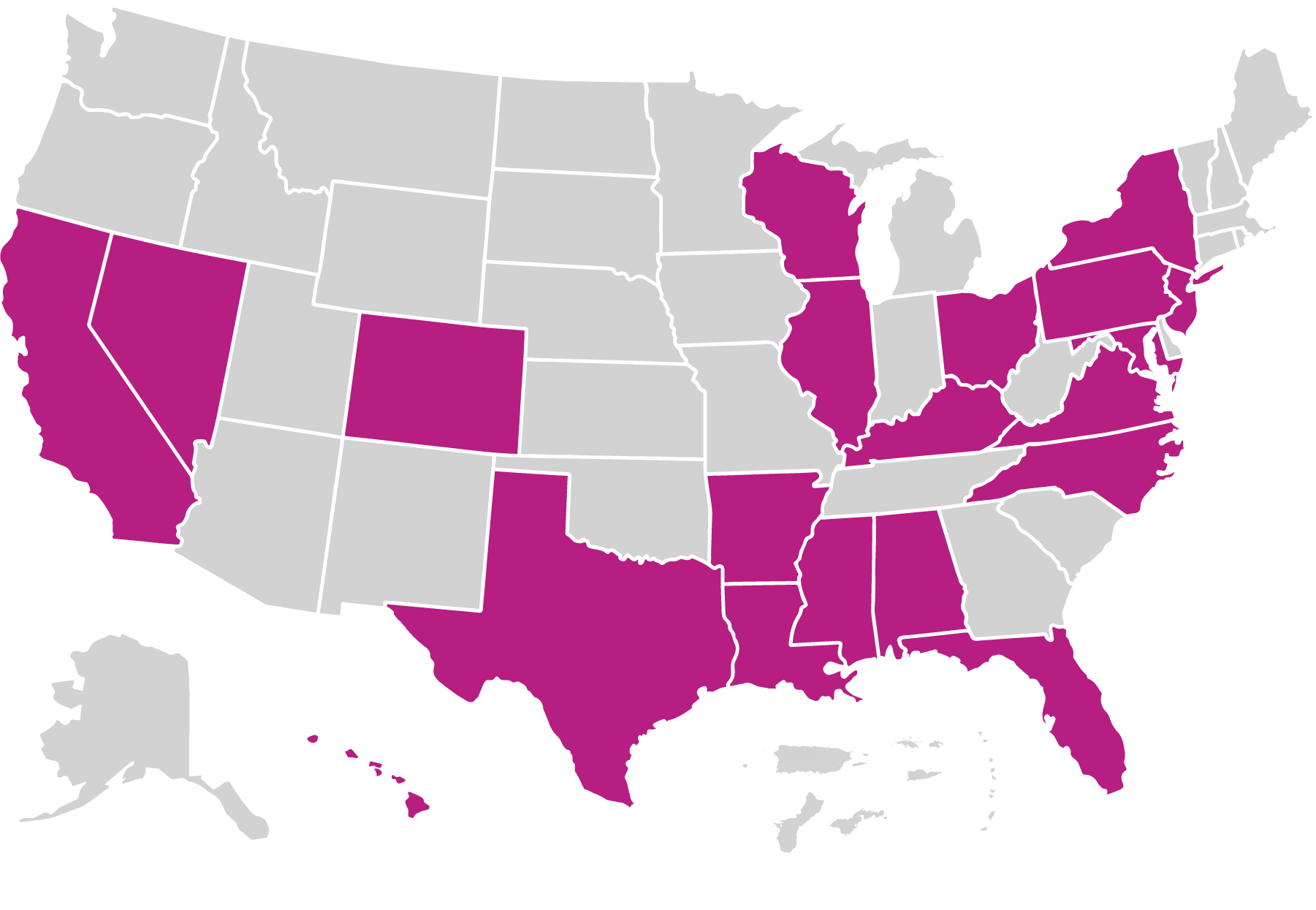Home Instruction for Parents of Preschool Youngsters
Home Instruction for Parents of Preschool Youngsters (HIPPY) partners with parents to prepare their children for success in school. The model uses storybooks and a scripted curriculum to teach children school readiness skills and partner with parents to enrich their education and job skills. The model also seeks to strengthen communities by supporting civic engagement and employing home visitors from the community, many of whom have participated in the program.
What is the model’s approach to providing home visiting services?
Home visits take place once per week. Services are provided until the child exits kindergarten. Children must be 2 years old by the start of the program year to enroll in HIPPY for Little Learners and 3 years old to enroll in the Year 1 curriculum.
HIPPY’s service population includes the following:
- Families with low incomes
- Families with children ages 2 to 5 years old
- Caregivers with limited access to education
- Immigrant families experiencing language barriers
- Home-based child care providers
Who is implementing the model?
Home Visitors
HIPPY was implemented by 728 home visitors in 2020. The model requires a high school diploma for home visitors; a Child Development Associate Credential is recommended. Home visitors are required to maintain a caseload of 10 to 22 families.
Supervisors
HIPPY was implemented by 192 supervisors in 2020. The model requires a bachelor’s degree for supervisors.
Where is the model implemented?
HIPPY operated in 117 local agencies across 20 states and the District
of Columbia in 2020. HIPPY also operated outside the United States and its territories in 2020.

Families Served Through Evidence-Based Home Visiting in 2020
Race
<1% American Indian/Alaska Native
2% Asian
22% Black
<1% Native Hawaiian/Pacific Islander
71% White
4% Multiple
Ethnicity
39% Hispanic or Latino
61% Not Hispanic or Latino
Caregiver education
7% No HS diploma
43% HS diploma or GED
30% Some college or training
19% Bachelor's degree or higher
Child age
0% <1 year
13% 1-2 years
87% 3-5 years
Primary language
70% English
29% Spanish
2% Another language
Child insurance status
74% Public
19% Private
7% None
Household income
44% ≤$20,000
35% $20,001-40,000
13% $40,001-60,000
8% ≥$60,001
